Durban – KwaZulu-Natal Province, South Africa
Waves, wildlife and a diverse heritage are found beyond the shores of Natal Bay, where Durban sprawls along a stunning coastline in KwaZulu-Natal province.
Now, I’ll be honest, Durban is a city I’ve skipped by on numerous occasions when flying in to photograph wildlife on safari in South Africa. A recent trip to Africa’s annual tourism conference, Indaba, held in Durban, revealed what I’d been missing and I want to share a peek at the photogenic experiences I had, so you know what to add to your itinerary when visiting.

Photograph Sunrise Over the Sea at uMhlanga Lighthouse
The uMhlanga Lighthouse, a prominent landmark overlooking the Indian Ocean, was established in 1954. Most photographers can’t resist a good-looking lighthouse and this one is a beauty with distinctive red and white paint. It’s a striking subject to photograph in the morning light as waves roll in and crash onto the surrounding rocks.
To ensure you’ve got the best spot to photograph sunrise, you can book an ocean view room at an iconic hotel, The Oyster Box, to shoot from your balcony, or be sure to arrive nice and early to capture the glow as it rises and transforms the sea spray and scenery. There are also spots along the beach and rocks, however, to photograph from behind the lighthouse in the direction of sunrise, the hotel really sits pretty and offers the prime location.
When photographing from the hotel, I was using a 40-150mm f2.8 lens to zoom in nice and tight to the rolling waves and vibrant sunrise colours, especially to capture sun stars as they peeped around the edge of the lighthouse.
Photo Tip: Take advantage of the movement and changing light, adjust your settings to capture long exposures and assess the scene to look for interesting subjects you can include. Surfers may be out for a morning session, monkeys might be hopping along the shoreline, or seabirds could be taking a morning flight and dancing just across the tippy top of the waves.
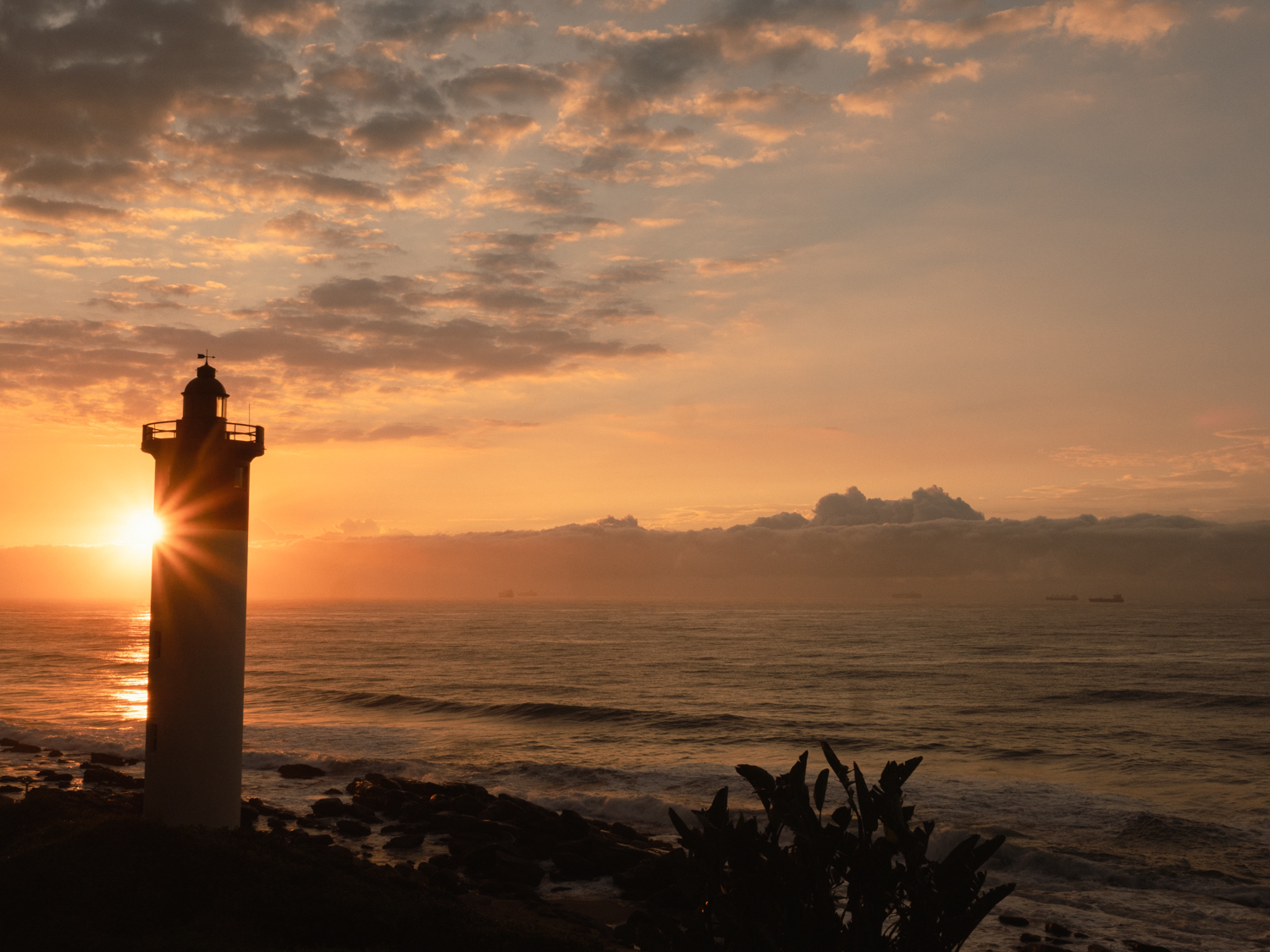

Phezulu Safari Park Dancing and Cultural Experience
Located in the Valley of a Thousand Hills, the Phezulu Safari Park offers a fascinating insight into the culture, customs and traditional dances of Zulu culture. Arriving to rhythmic drumming, quickly finding our seats alongside a group of local school children, we were treated to a dynamic series of dances and songs with intricate costumes and instruments.
Photography is permitted and the fast moves, background scenery, expressions and atmosphere are a thrill to capture. When photographing dancers, I find their feet tell stories, particularly when dust is kicked up and decorative ankle garments add an extra oomph to enhance the image.

The performances are scheduled throughout the day, however, if you’re staying at The Oyster Box, you can opt for one of their ‘Make Travel Matter’ itineraries which includes a well-timed stop at the safari park followed by additional creative and cultural insights at a nearby craft market and lunch.
After the dancing, be sure to wander the grounds to peek inside the huts for a glimpse at the cooking and sleeping arrangements.
Photo tip: Experiment with both fast and slow shutter speeds to capture the movement of the dancing with an artistic approach. Observe at first to assess how you may wish to frame your image, then set up the shot and capture a series as the dancers dazzle throughout the viewfinder
I used my 40-150mm f2.8 zoom lens to capture closer portraits and movements, a zoom lens is also great for excluding any distracting features that don’t need to be in the frame.
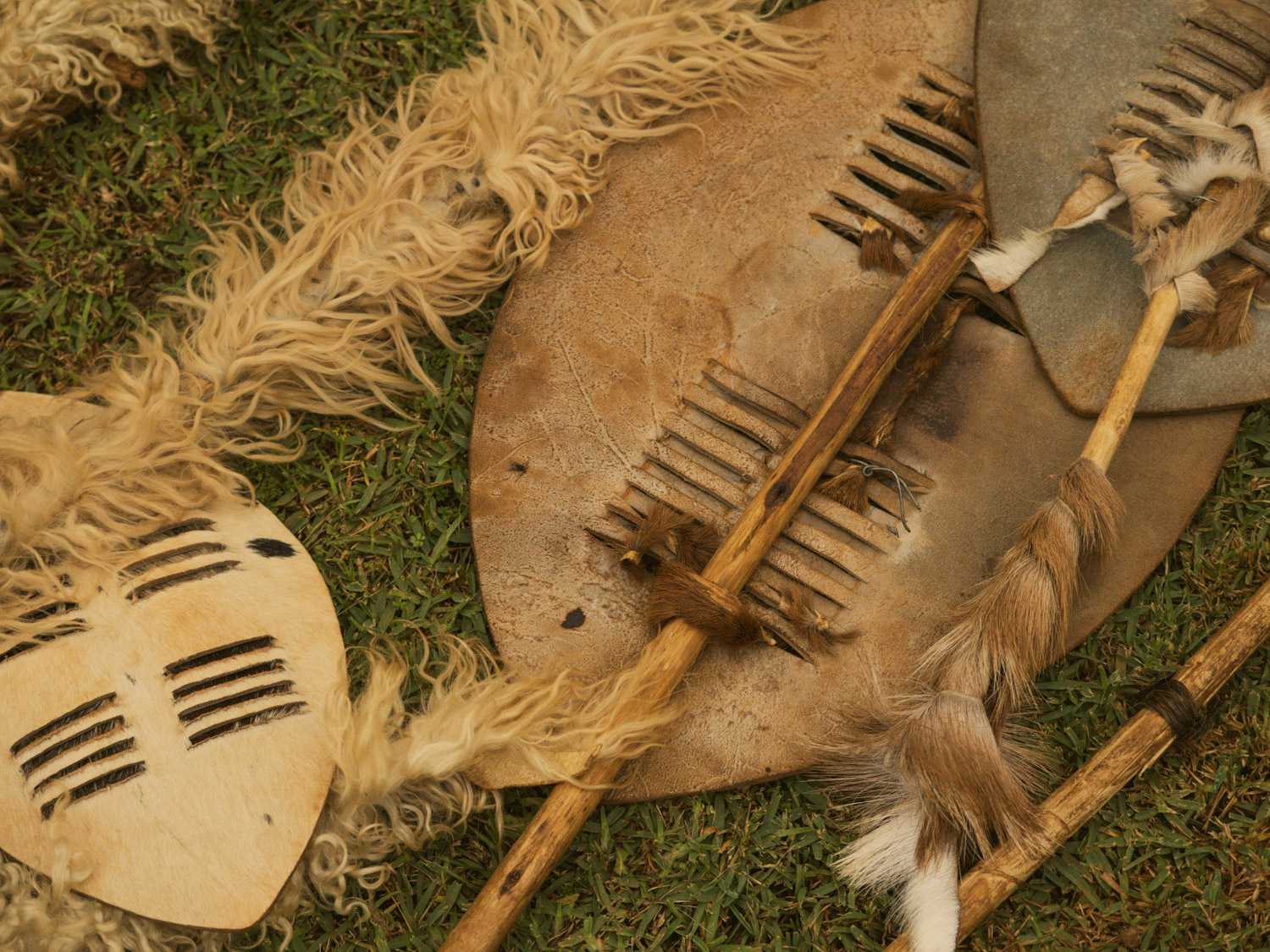
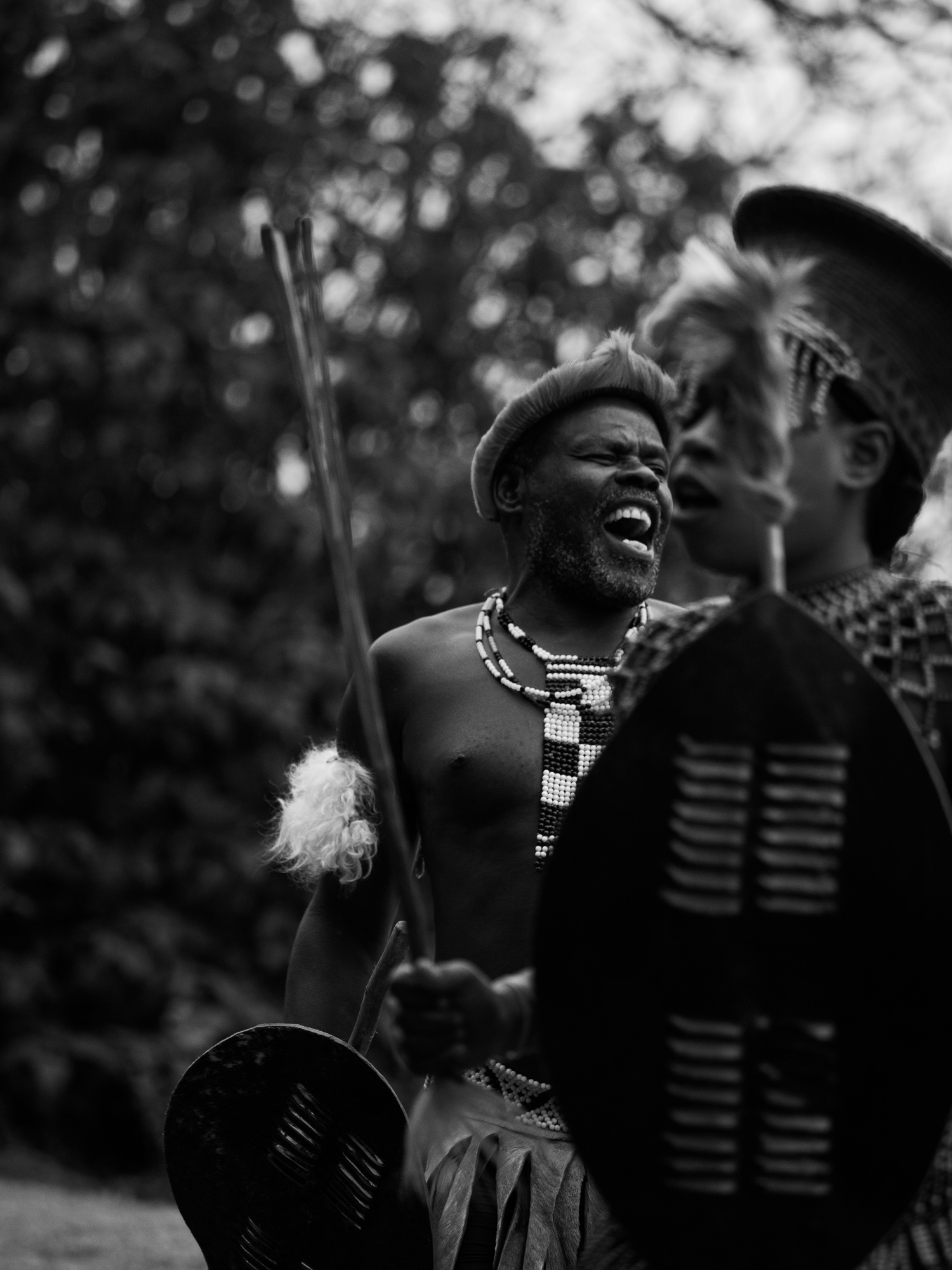

Wildlife Photography on Safari at Tala Reserve
As a tower of giraffes gracefully made their way through the acacia thornveld trees I admit to being a little stunned. Not only did I think you had to stay at a remote wilderness lodge to enjoy a decent safari experience, I just as quickly dismissed the idea that you could wake up to sunrise by the sea and be photographing zebra, rhinos and giraffe before lunch.
Tala Private Game Reserve is a favourite of locals in KwaZulu-Natal province. Offering an intimate safari experience, the reserve has diverse habitats that include grasslands, wetlands and low-lying forested areas that provide excellent game viewing and photography opportunities.
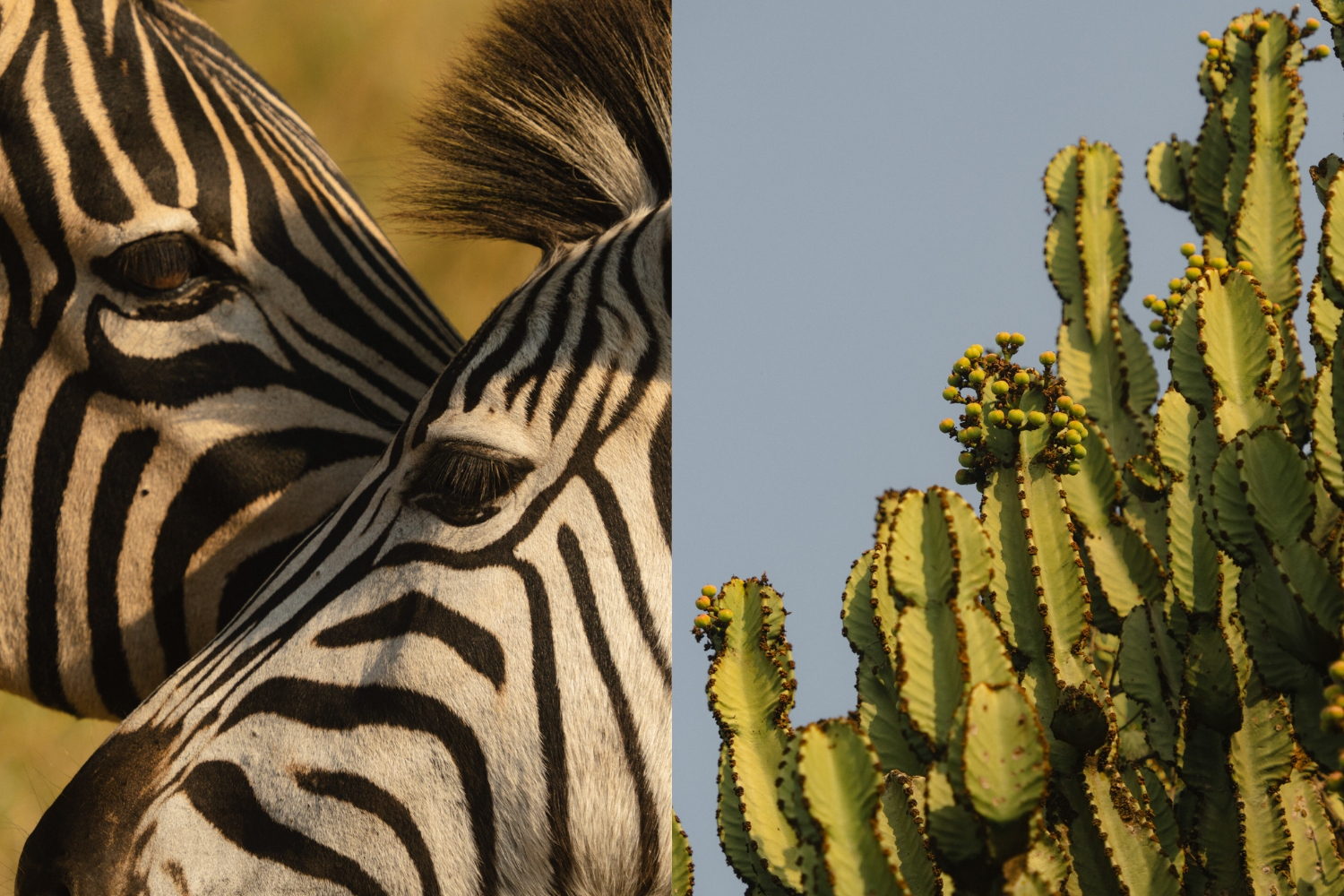
Within twenty minutes of our game drive getting started, we were photographing a baby rhino with floppy ears, a curious waddle and an equally adorable mother never too far away. Because the park is smaller than some of the other reserves, the rangers and guides know the wildlife like family, and offer sweet stories and facts as you slowly traverse the tracks.
Wildlife photography is typically best in the morning or afternoon light, as the animals are waking or moving about in the cooler conditions. During my visit to Tala, we were photographing in the middle of the day, and while it didn’t provide the glowing gorgeousness of golden hour, I used the opportunity to shoot with my MC-20 2 x teleconverter and get extra close to the patterns, fur, and features of each animal.
Photo tip: Focus on the eyes of the animals for compelling portraits. Use a wide aperture to create a shallow depth of field, isolating the subject from the background.
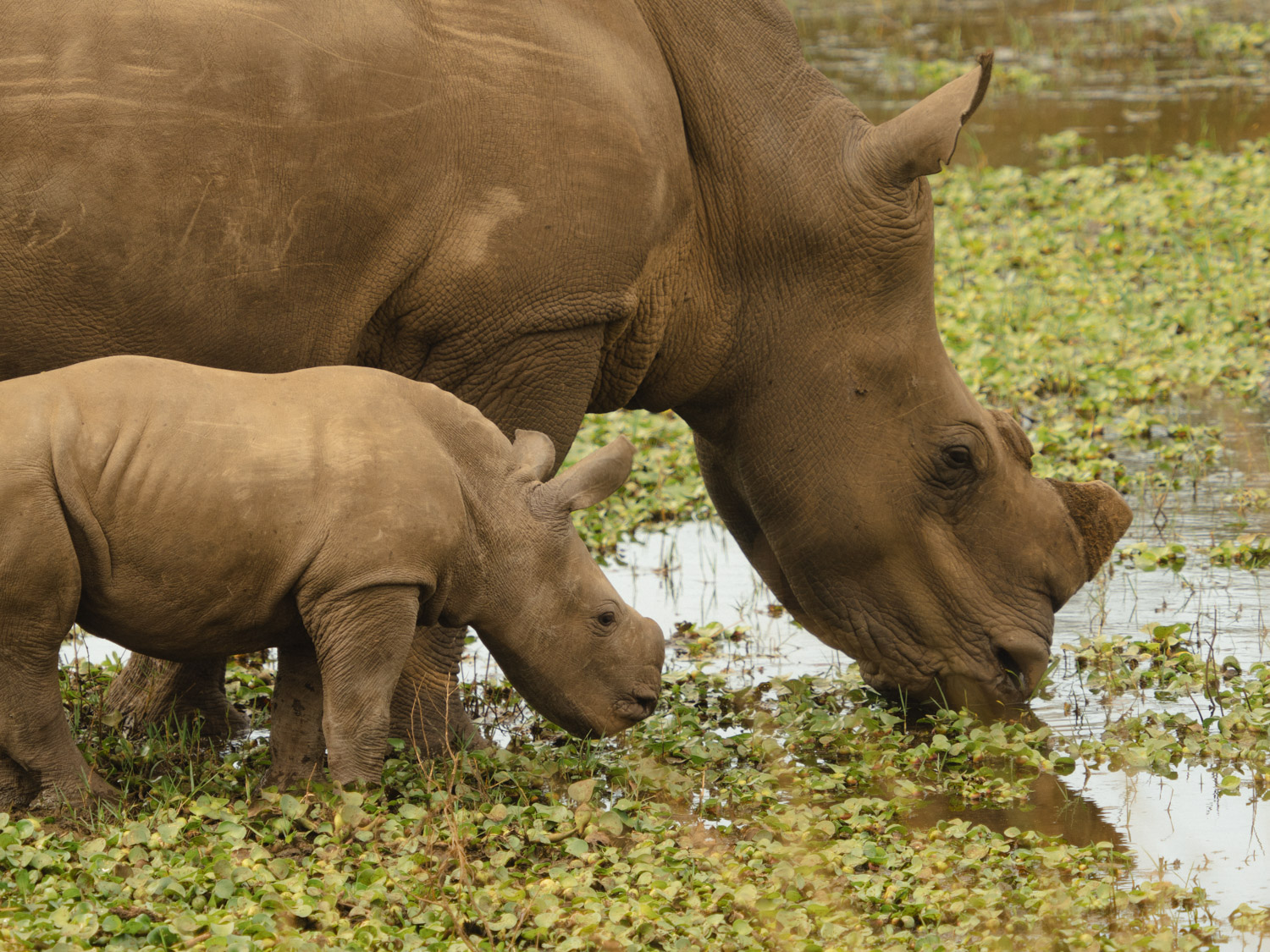

Visiting the Phansi Museum
Museums are just the best aren’t they? When done right, they can immerse your mind in a past world, take you on a journey through history and provide insights into cultures that deserve recognition and awareness.
The Phansi Museum is one of the world’s most extensive archives of Southern African art, you’ll be forgiven for feeling like you’ve stepped inside a treasure chest. Housed in a Victorian national monument in Glenwood, Durban it has a stunning collection that includes traditional beadwork, pottery, and sculptures, providing a rich tapestry of the region’s cultural heritage.
Phansi means “below” in Zulu, which references the museum’s original location in the basement. As you’re guided through, it feels like a privilege to be in the same room as these artefacts and artwork, particularly when the stories and meanings are shared. Pictured below is a coffin, used to send people back to the sea…wildly interesting!
The natural light inside the museum can make it tricky for photographs, but it’s possible to capture a glimpse of the intricate patterns and colours used throughout centuries.

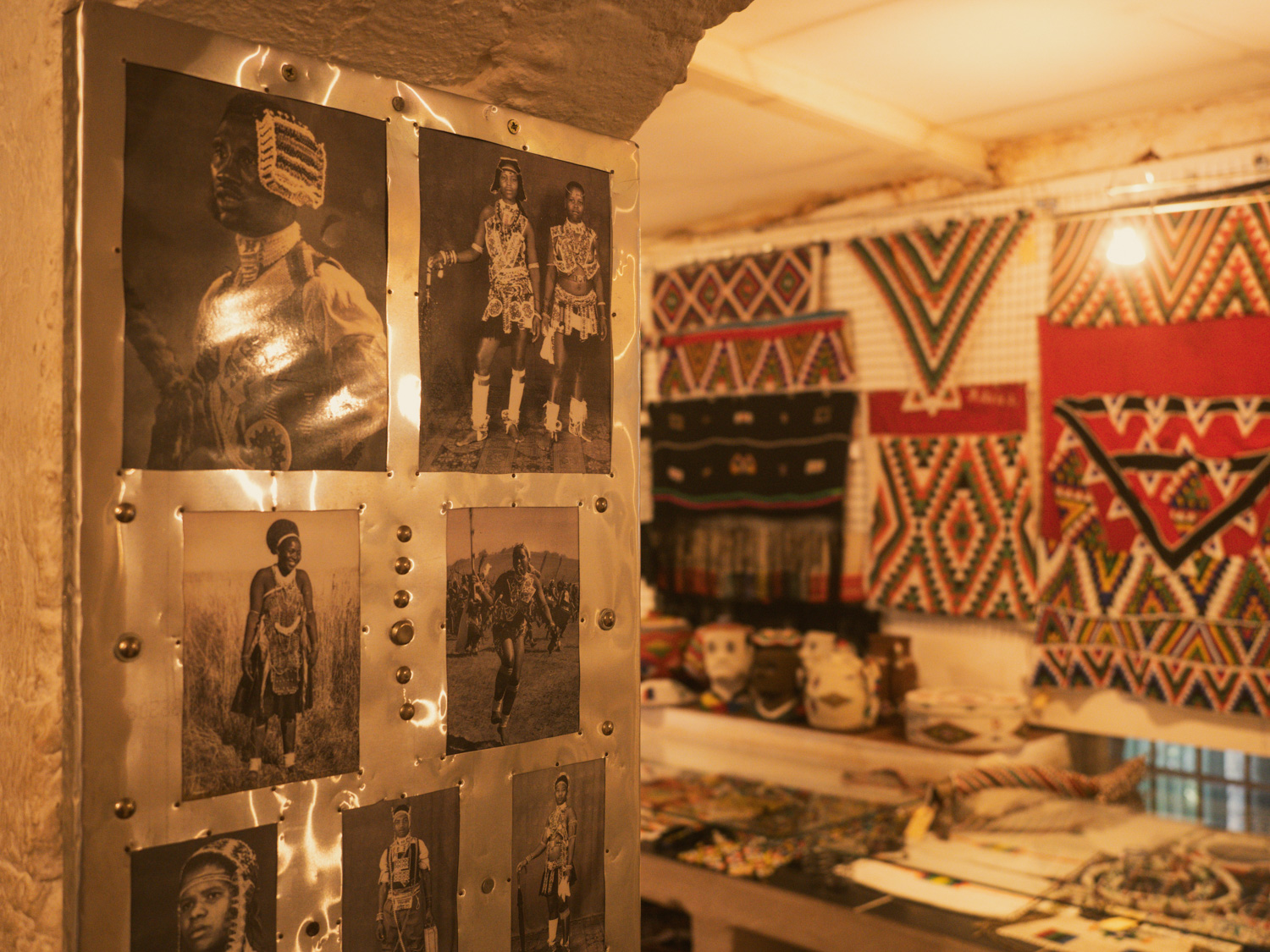
Staying at The Oyster Box Hotel
Built in 1869, The Oyster Box is as historic and luxurious hotel situated on the uMhlanga beachfront. Known for its colonial charm and elegance, the hotel offers stunning views of the Indian Ocean and the uMhlanga Lighthouse…circling back to my earlier note, it’s the best place for photographing sunrise!
Take a peek at the Visual Hotel Review which offers a deeper look inside the hotel.

Durban offers a rich tapestry of photographic opportunities, from stunning sunrises and vibrant cultural experiences to intimate wildlife encounters and historical treasures. If you’re considering adding the city to your South African itinerary, browse the information on the South African Tourism website , or chat with the team at Adventure World so they can create something special for you!
*This article was written after taking part in a press trip hosted by South Africa Tourism and Adventure World during the Indaba Trade Show. All notes, opinions and photos are my own.

Hello! I’m the founder and photographer behind The Wandering Lens.
With 17+yrs experience as a professional travel and landscape photographer, all advice found on this site is from my personal experience on the road. I hope it’s useful for your own travels and would love to hear in the comments about your trips and experiences around the world.

